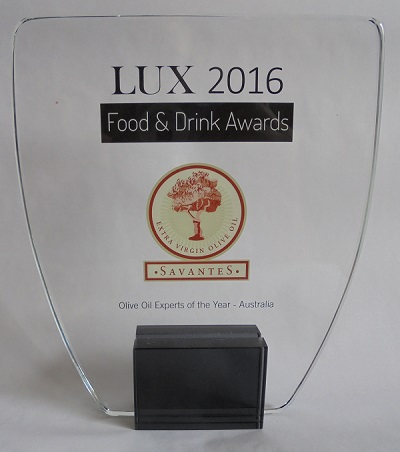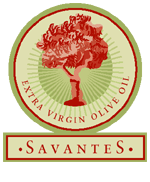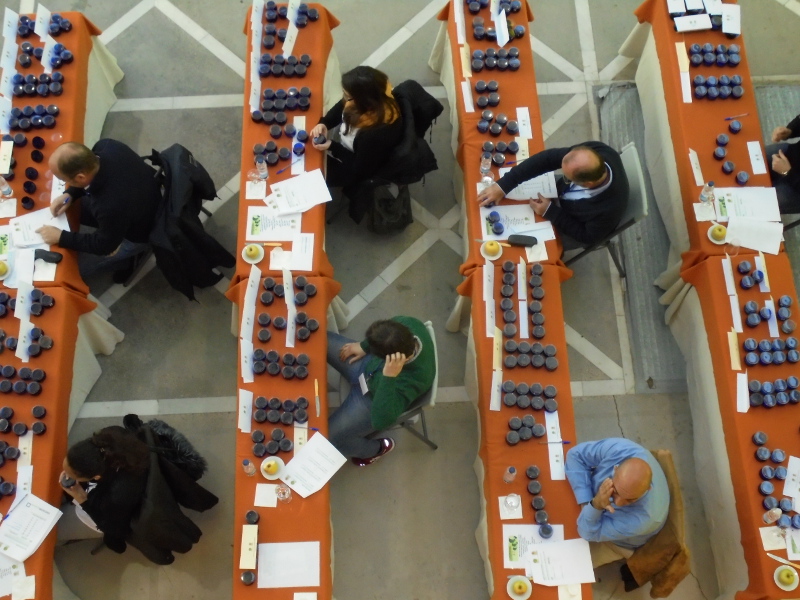There are many reasons given for the current oversupply of olive oil around the world – tariffs, trade agreements, loss of consumer confidence and the ubiquitous absence of educated consumers. Most of these are out of the control of the producers.
Contributing to this oversupply is declining or stagnant consumption in the main consuming countries – Spain, Italy, Greece and the USA.
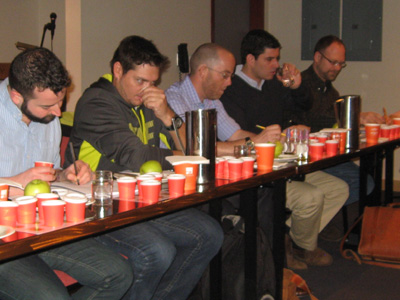
There is one consideration which we observe in tasting extra virgin olive oils in Savantes programmes which does not get much attention. That is the question of whether the drive for quality defined by chemical parameters is producing a robust and bitter style and flavour of extra virgin olive oil which consumers do not like.
Simon Field, August 2017
One of the unexpected benefits of participating in a Savantes tasting is the occasional opportunity to experience something beyond evaluating olive oil. Such an opportunity arose when attendees at the Seville programme were invited to visit the Juan Ramón Guillén Foundation museum on the outskirts of the city. Our host was Juan González of Hacienda Guzmán, who participated in the Seville programme.
The Foundation was founded in 2011 with the purpose of bringing the rural sector closer to the public with special emphasis on the olive sector. The centrepiece is the Hacienda Guzmán from which the brand of quality extra virgin olive oils takes its name. Six centuries ago, Hernando, the son of Christopher Columbus, produced olive oil on the estate and exported it to America.
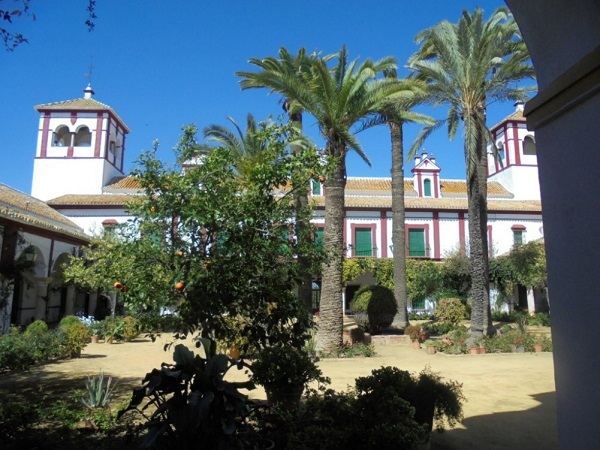
Hacienda Guzmán
The stately house is the home to the olive oil museum with a massive beam olive oil press and many of
The first Spanish National Extra Virgin Olive Oil Team Tasting Championship was a resounding success. Held in Priego de Cordoba in Southern Spain the championship attracted 13 teams of 3 from all over Spain. Staged by the PDO for the region Priego de Córdoba (ASCCAL) and International Extra Virgin Olive Oil Savantes the event used the Savantes Tasting Skills Test and additional exercises to assess the tasting ability of the teams.
Included in the tests were extra virgin olive oils contributed by producers from France, Italy, Greece, Spain and Portugal with the varietals including ocale, picual, arbequina, hojblanca, coratina, cobrancosa, galega, koroneiki, changlot real, manzanilla, cornicabra, l’aglandau, olivastra seggianese, tonda iblei and picuda. An important activity of Savantes is to encourage recognition and appreciation of extra virgin olive oils from all varietals and regions around the world.
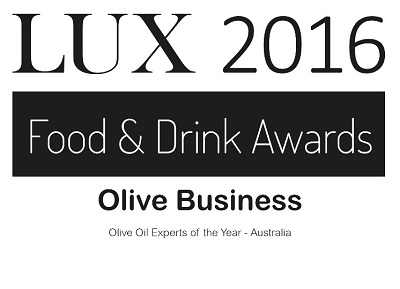
In 1997 Olive Business planted an olive grove, with the aim of producing extra virgin olive oil of the highest quality. We explore this legacy of olive oil production and how it has led to an international olive oil appreciation movement.
For 16 years Olive Business through its subsidiary Extra Virgin Olive Oil Savantes, has brought together the world’s best extra virgin olive oils for tasting, initially in Australia and now all over the world – UK, USA, Italy, Spain, South Africa and New Zealand. In addition to evaluating flavours, the three-day programme covers the olive oil market, quality regulations, culinary uses, health benefits and competitions.
